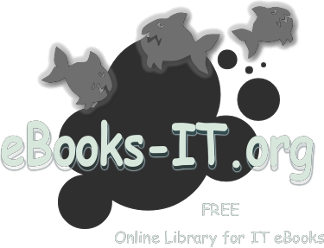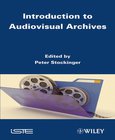Peter Stockinger eBooks
Download free Peter Stockinger eBooks
Introduction to Audiovisual Archives
Today, audiovisual archives and libraries have become very popular especially in the field of collecting, preserving and transmitting cultural heritage. However, the data from these archives or libraries videos, images, sound tracks, etc. constitute as such only potential cognitive resources for a given public (or 'target community). They have to undergo more or less significant qualitative transformations in order to become user- or community-relevant intellectual goods.These qualitative transformations are performed through a series of concrete operations such as: audiovisual text segmentation, content description and indexing, pragmatic profiling, translation, etc. These and other operations constitute what we call the semiotic turn in dealing w...
2007 - 2017 © eBooks-IT.org

